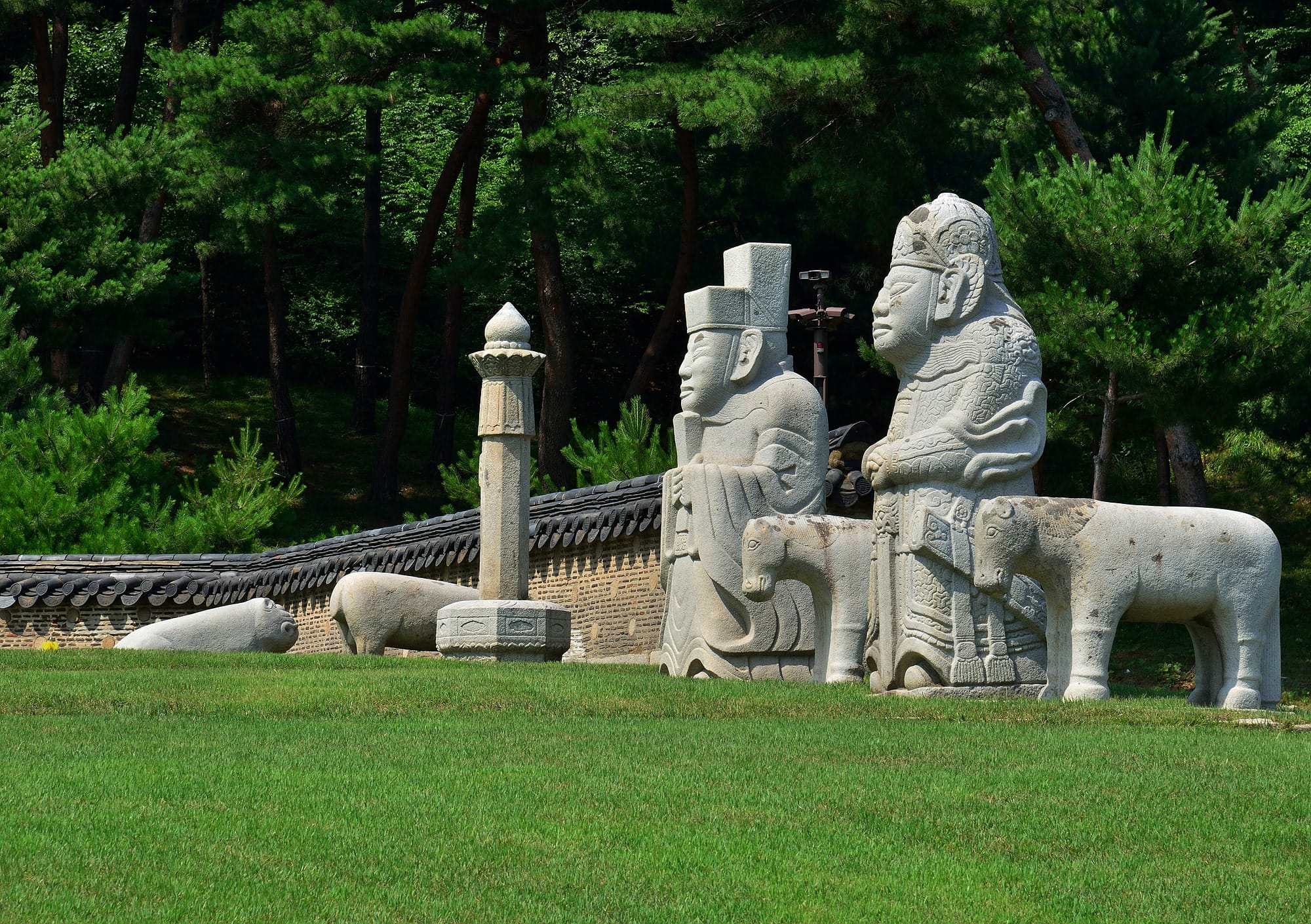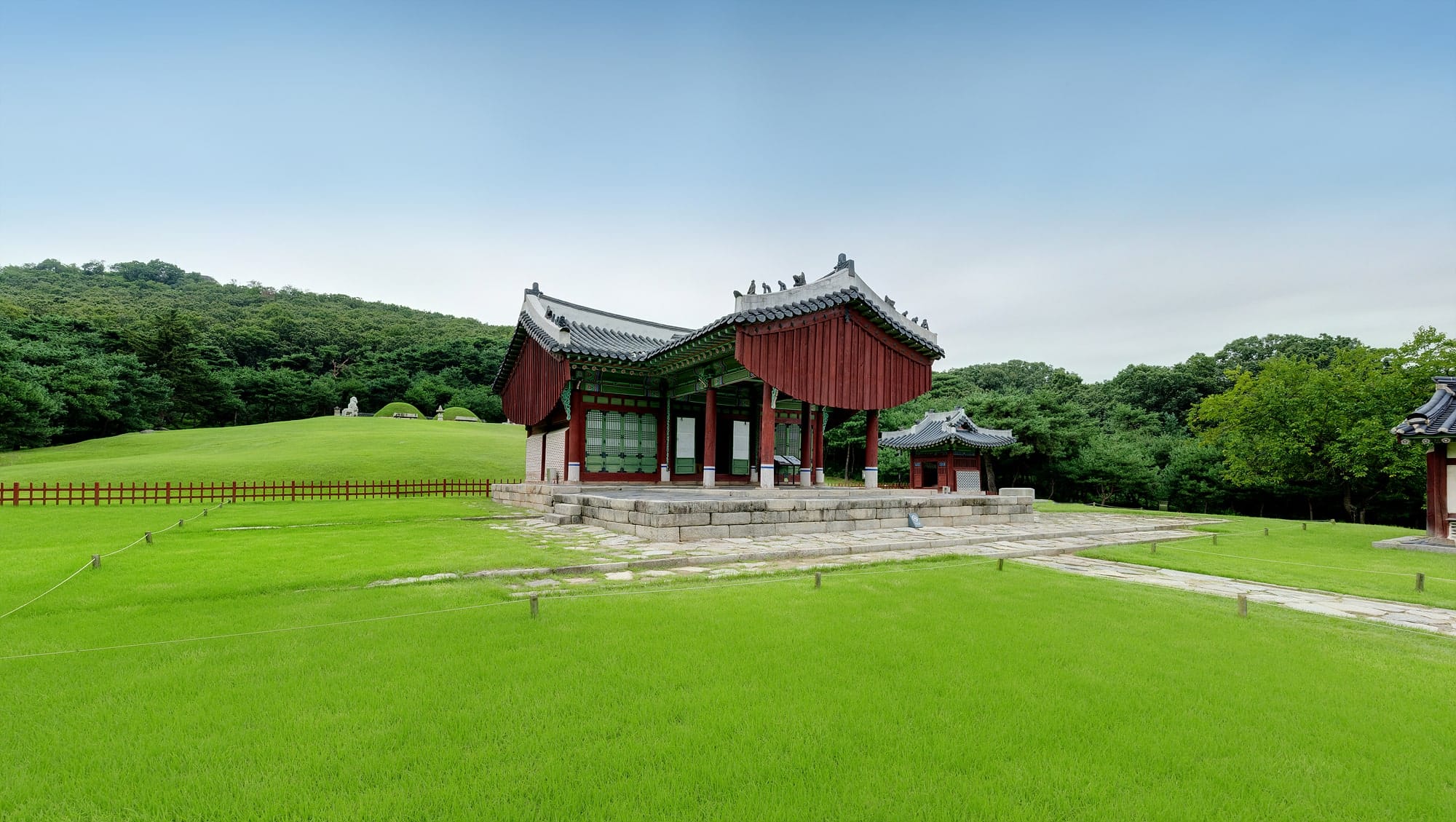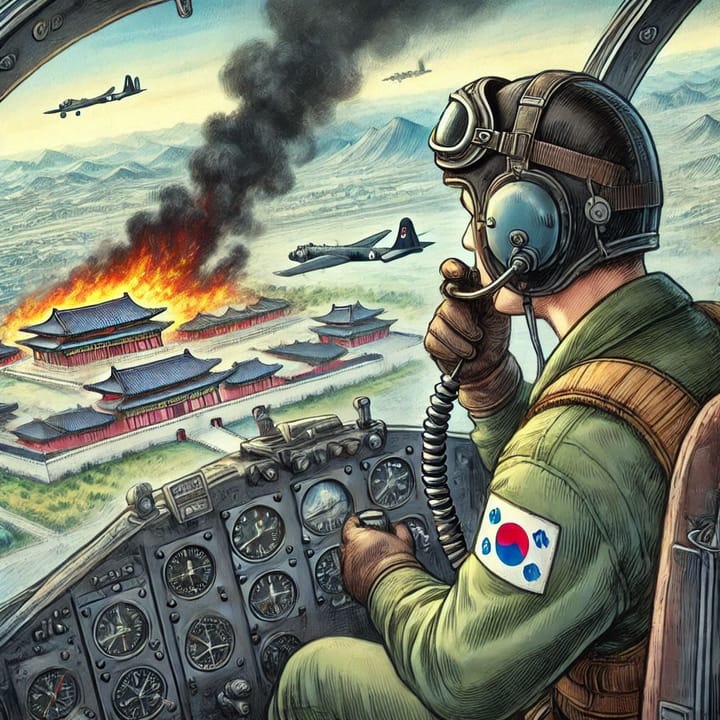Gee... scared to death!
Hidden Gems in KOREA episode#05

The kings of Joseon lived in palaces during their lifetimes, and in death, they rested in royal tombs designed with the same concept. Introduce these historically and culturally valuable tombs to foreign visitors, and their first reaction is often, "Aren't they scary?" While they might seem eerie at night, visiting the tombs during the day feels like a peaceful walk through a green park. There's no need to be afraid.😅








Joseon royal tombs, totaling 42, are spread across 18 locations, built over five centuries from 1408 to 1966. These tombs honored ancestors and their achievements, strengthening the royal authority while protecting the spirits from harm. They employed "Feng Shui" principles in outstanding natural landscapes, with water to the south and hills to the north. They are more than burial sites; they host ceremonial spaces and various auxiliary buildings. The area is adorned with stone statues of people and animals, showcasing the epitome of Korean royal tomb architecture over 5,000 years.

The Joseon Dynasty lasted from 1392 to 1910, with 27 kings, their queens, and posthumously honored figures laid to rest. There are 42 royal tombs, 40 in South Korea and 2 in North Korea. In 2009, 40 tombs in the South were designated a UNESCO World Heritage site, recognized for their complete preservation, harmony with nature, and ongoing ceremonial traditions.
Based on Neo-Confucian principles, the tombs of the Joseon era vary in spatial size and layout, reflecting changing ideals and politics over time. The artistic stone carvings demonstrate significant historical value. These tombs, designed to mirror the universe, are divided into three spaces: the transitional area before entering the sacred world, a space for performing rituals, and the sacred area where the body is buried. (👉 Visit the official website )

Upon a king's death, the nation declared a state of emergency. Music, weddings, slaughterhouses, and markets were all halted, allowing people time to mourn. The government set up three temporary agencies to oversee funeral preparations, which took about five months.😱 Cold storage, using ice harvested from the Han River and stored underground, preserved the bodies during this period. By law, tombs were to be located within 4 to 32 kilometers of the palace, allowing the king and his officials to visit within a day. Joseon tombs were uniquely designed to thwart grave robbers, initially using 50-ton stone chambers, later simplified to cement crypts due to public outcry over the labor required. Typically, 15,000 workers were involved in constructing a tomb, with historical records indicating up to 100 deaths occurring during the process—a tragic price for royal duties.😱
Beyond their historical and cultural importance, the Joseon royal tombs offer a serene green space for Seoul residents, providing a peaceful retreat for the busy modern individual. I recommend visiting to experience a quieter, more intimate glimpse of Korea's past, distinct from the often tourist-filled palaces in Seoul.✔️




Comments ()